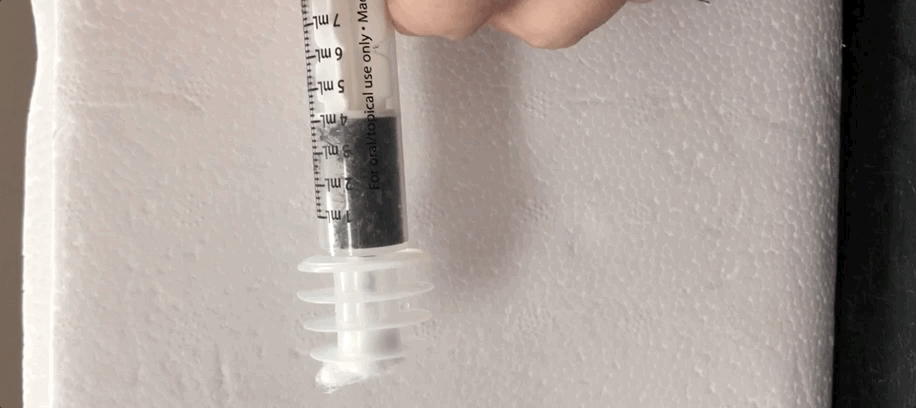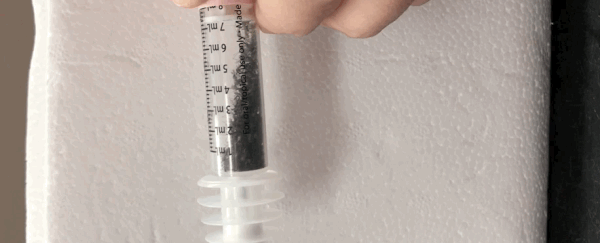The best scientists are the ones that ask lots of questions, even when they may seem absurd to the rest of us - like, how many mosquitoes can you squeeze into just one cubic centimetre?
The answer may seem like a meaningless pursuit, but there's actually a point - it could help us in our fight against some of the world's most deadly diseases.
Every year, mosquito-borne diseases like malaria and dengue fever kill millions of people. And just like fighting fire with fire, one of the best tools we have against these tiny creatures is, well, more mosquitoes.
Scientists are developing some strategies against mosquito-borne diseases right now where they release sterilised mosquitoes into the wild. Other approaches release mosquitoes with contagious bacteria, which stops the insect from carrying disease or reproducing.
All of these tactics require shipping thousands or even millions of these special mosquitoes to wherever they are needed in the world. And that can require popping them in the mail.
To figure out the best way to mail these creatures, a new study has looked at how well mosquitoes cope in a 24-hour shipping process.
Part of the challenge was figuring out how tightly the insects could be safely packed. And it turns out that you can fit a shocking amount of mosquitoes into a tiny space.
"We started our experiments in 50 millilitre tubes and quickly learned that you have to raise a lot of mosquitoes to fill such a tube - 10,000 males fit in one," says co-author Immo Hansen, at New Mexico State University.
"We then switched to 10 millilitre syringes and were astonished how many mosquitoes you can fit into one, up to 2,500."
Using a syringe, the researchers were able to cram about 240 mosquitoes into a space the size of a cubic centimetre, which is about 1,200 mosquitoes to a teaspoon.
 (Julia Vulcan, New Mexico State University)
(Julia Vulcan, New Mexico State University)
Jamming mosquitoes together this tightly obviously results in some damage. Many of the insects emerged from the tube with missing scales and slightly damaged wings.
But overall, the tight packing kept the majority of insects snug and secure.
When the researchers packed the mosquitoes and sent them on an overnight trip through the postal service, they found the mosquitoes that were packed more tightly actually survived better.
"We think this is because the vibrations of the plane damaged the loosely packed mosquitoes," Hansen told Gizmodo.
So there you have it. If you ever need to send some mosquitoes in the mail (and if that's actually legal where you live), you've now got the science to figure out how.
This study has been published in the Journal of Insect Science.
